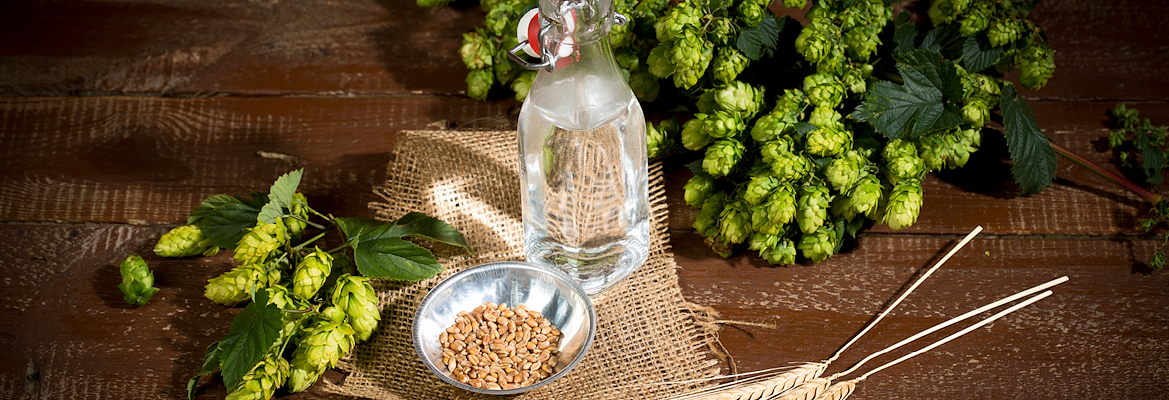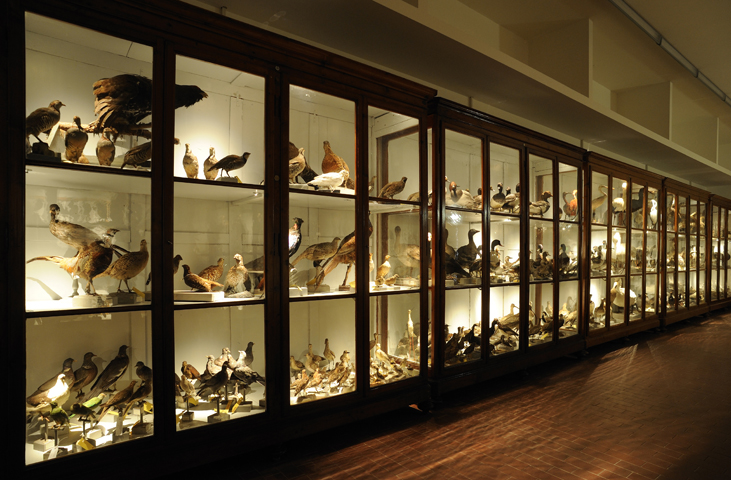Happy holidays with Christmas beer!
Christmas beer can be discovered and enjoyed in our region with the special productions of some craft breweries.
It is a tradition spread all over the world and comes from far and wide; to better savour it under the holidays, let's discover its history!

Brief history of Christmas beer
Beer is one of the oldest beverages in existence, the second oldest after mead and among the alcoholic beverages produced in human history.
Almost all ancient peoples, such as Sumerians, Babylonians, and Egyptians, produced beverages obtained by fermentation of water and grains.
The Etruscans were among the earliest peoples to produce an ancestor of beer in Italy: a slightly alcoholic drink called pevakh, made from rye, barley or wheat flavoured with honey, the one that would later evolve with the Romans into the drink called cervesia, named after Ceres, goddess of cereals.
Roman historians tell us how the Egyptians also used to use other plants, such as lupins, to flavour these drinks. We do not know if the Romans also used them for their cervesia, but during this period the use of hops is not yet known, for which we will have to wait until the late Middle Ages.
Initially, beers were in fact flavoured with spices and medicinal plants, which gave a more special flavour to the drink. These included ginger, anise and cinnamon, through rosemary and laurel, to more unusual plants such as ivy, mugwort and yarrow.
Ingredients
The plants were mixed together to make a flavouring compound that changed according to the place of production, which went down in history as “gruyt”, so important in brewing that laws were even enacted to protect it and regulate its sale.
Hops, a plant that had been introduced at the beginning as one of the many ingredients used for the aromatic blend, eventually supplanted all other plants used until then, also thanks to the discoveries of the nun Hildegard of Bingen (12th century), who attributed preservative properties to it.
The birth of Christmas beers is also partly linked to the history of hops, and the laws that later imposed their use.
Today there are more than 100 different types of Christmas beers in the world, but what they have in common is the time when they are ready for consumption.

How then is their production linked to hops?
An edict from the beginning of the 16th century dictated that beer should only be brewed with barley malt, hops and water and in a period between St. Michael (29th September) and St. George (23rd April). The first beers that could be brewed with barley harvested in the summer were therefore brewed in October and, given the problems of preserving the drink before the discovery of pasteurisation, had to be consumed in a short time. What better time of year, at this point, than Christmas, to prevent the beer produced from going bad?


























.jpg/eb9c7bda-4c22-7f45-7e45-d71115bb9735?width=780)




